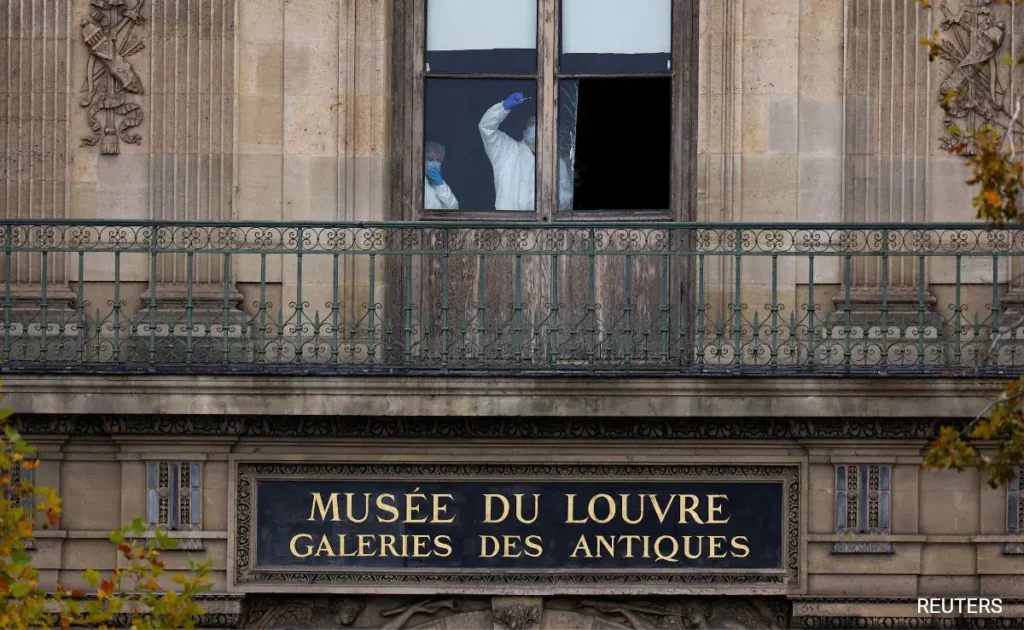Now Reading: Nagpur School Bus Operators Protest at RTO Over GPS Mandate, Cite Cost and Practical Issues
-
01
Nagpur School Bus Operators Protest at RTO Over GPS Mandate, Cite Cost and Practical Issues
Nagpur School Bus Operators Protest at RTO Over GPS Mandate, Cite Cost and Practical Issues

In a strong show of dissent, school bus operators in Nagpur blocked the Rural RTO office to protest against the mandatory installation of Vehicle Location Tracking Devices (VLTD) with panic buttons. The operators argue that the rule, though aimed at student safety, imposes heavy financial and operational burdens. As school transport remains critical for Tier 2 cities, the issue has sparked concern among both parents and service providers.
Why the Protest?
The Maharashtra government has made GPS-based tracking systems with emergency buttons compulsory for school transport vehicles. While the move is intended to enhance safety and transparency, operators say the rollout has been abrupt and lacks proper support.
Many of them complain that the cost of the tracking device, annual subscription fees, and technical issues make it difficult for small operators—especially those running a handful of buses in semi-urban areas.
Concerns from the Ground
Operators claim the implementation deadline is unrealistic and allege that officials are forcing them to install the devices from select vendors. Some even accused the department of threatening to cancel vehicle permits if the installations were delayed.
Drivers and owners said the pressure tactics are unfair, especially when many are still recovering from financial losses due to the pandemic. They also highlighted that a single GPS unit can cost up to ₹6,000–₹8,000 per vehicle, apart from maintenance charges.
Impact on Parents and Schools
Parents, particularly in smaller towns around Nagpur and other Tier 2 cities, are now caught in the middle. While many support the idea of safer transport, they fear fee hikes as a result of the added cost. Some school managements are also hesitant to intervene, given the matter falls under direct transport authority oversight.
In areas where private school buses are the primary means of travel for children, any disruption could affect daily routines and student attendance.
Government’s View
The RTO maintains that the directive is aligned with national safety standards and Supreme Court guidelines. Officials argue that the system will help monitor routes, prevent rash driving, and enable quick response in emergencies. They say the long-term benefits outweigh the initial costs.
However, authorities also hinted at holding further discussions with transport unions to smoothen the transition.
Looking for a Middle Path
Stakeholders have suggested alternatives, including phased implementation, government subsidies, or allowing operators to choose certified vendors freely. Some have proposed a grace period for older vehicles or for operators with limited fleet sizes.
A constructive dialogue is being demanded to ensure safety without pushing small businesses to the edge.
Conclusion
The clash over GPS mandates in Nagpur reveals a deeper challenge—balancing child safety with the economic realities of small service providers. While technology can enhance accountability, its rollout must be practical and inclusive. For Tier 2 cities where public transport options are limited, a middle-ground solution is essential to ensure both security and sustainability in school transport services.






















